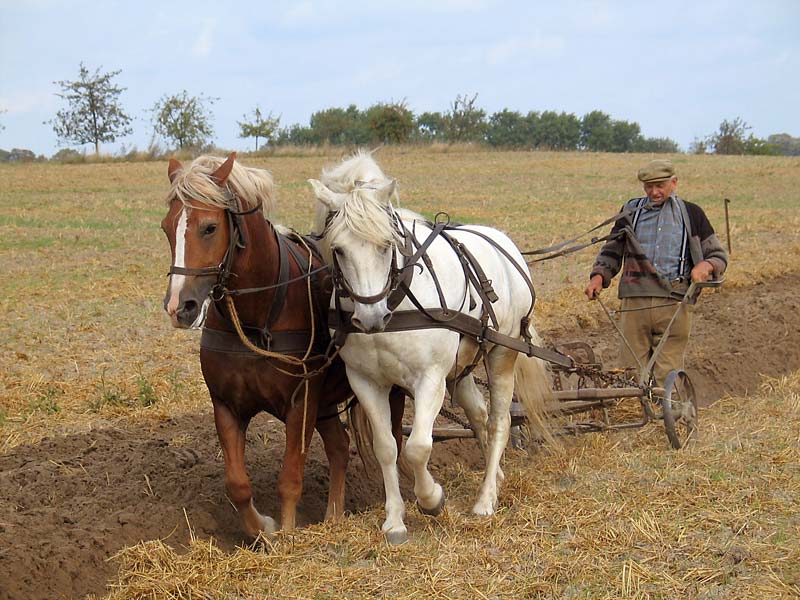
Excerpts from Adam B. Ellick,
A Ban on Cockfighting, but the Tradition Lives On,
N.Y. Times, July 6, 2008:
Last year, New Mexico became the 49th state to make cockfighting illegal. . . . The state has devoted vast resources to ending the sport, but with only one misdemeanor conviction thus far, it continues unabated in hidden venues, cockfighters and law enforcement officials say. . . .
“It seems they’re always one step ahead of us,” said Robyn Gojkovich, who in May became the state’s first full-time animal control investigator.
Ed Lowry, 51, a paunchy rooster breeder from Chaparral, agreed.
“They ain’t shut nothing down,” said Mr. Lowry, who has not been charged, even though his truck and computers were seized in [a] raid.
Mr. Lowry, who still possesses his prized bloodlines, said he constantly turns down invitations to fight. As a director of the New Mexico Gamefowl Association, a nonprofit cockfighting advocacy group, he has taken up fighting in the courts, where appeals claiming tribal, religious and cultural sovereignty have failed to win exemptions from the ban.
“A gamecock shows me what an American should be like,” he said. “You defend to the death.” . . .
But law enforcement officials are not giving up. They insist their aggressive operations — the raids, the full-time investigator, a special cockfighting task force — are sending a message in a war of attrition.
Nationally, though, it appears that animal rights advocates are winning that war, and they have been helped by a high-profile case. The conviction of the football star Michael Vick in a dogfighting operation in 2007 has pushed animal cruelty cases to the fore. . . .
“You can’t go on the national stage and have people find out you have no problem with a bloody sport,” said Sheriff Darren White of Bernalillo County, where officers issued citations for two cockfighting misdemeanors in a raid on June 21.
Mr. Richardson’s office said he would not be available to discuss the issue.
Sheriff White, a Republican who is running for Congress, said the ban has transformed public opinion on animal cruelty issues. Animal rights advocates agree.
“New Mexico is on the verge of having a modern culture,” said Heather Ferguson, the legislative director for Animal Protection of New Mexico, an animal-rights lobbying group. Ms. Ferguson said a newly established animal cruelty hot line was receiving about 90 calls every two weeks. . . .

Ms. Ferguson said she would like to see even more legal action on the issue. She is seeking $200,000 in additional state money to finance positions like a full-time prosecutor for animal cruelty cases. In addition, she is working to make cockfighting a felony in New Mexico. Over the next year, Animal Protection of New Mexico will lobby for about $1.1 million for three new animal custody facilities that would be completed by 2010.
For 16 years, Richard and Louisa Lopez operated a 310-seat cockfighting arena at their farm in Luis Lopez, N.M. The $30,000 they earned annually from the operation helped subsidize their farm expenses, and send their children to college. Last month, they used the arena for their family reunion and a baby shower.
“We don’t have money to buy diesel sometimes,” Mr. Lopez said. “And this is the place that kept my farm going.”
In January, the courts dismissed a suit by the New Mexico Gamefowl Association claiming economic devastation. Ms. Gojkovich, the animal control investigator, was hardly sympathetic.
“You need to go find a job at Wal-Mart,” she said.
 There is an interesting editorial in the New York Times that was coincidentally published with perfect timing for our recent posts on eating meat, eating the meat we know and animal welfare. A Farm Boy Reflects, by Nicholas D. Kristof is a personal and moving reflection that is well worth the read. His follow-up blog continues the discussion with commentary.
There is an interesting editorial in the New York Times that was coincidentally published with perfect timing for our recent posts on eating meat, eating the meat we know and animal welfare. A Farm Boy Reflects, by Nicholas D. Kristof is a personal and moving reflection that is well worth the read. His follow-up blog continues the discussion with commentary.






 Among meats, rabbit is a healthful choice. Agriculture Department statistics show that rabbit meat is lower in saturated fat than beef and pork and slightly lower in cholesterol than chicken. The breeds used for meat (commonly California, New Zealand or a cross of the two) are almost twice the size of typical pet rabbits. . . .
Among meats, rabbit is a healthful choice. Agriculture Department statistics show that rabbit meat is lower in saturated fat than beef and pork and slightly lower in cholesterol than chicken. The breeds used for meat (commonly California, New Zealand or a cross of the two) are almost twice the size of typical pet rabbits. . . . In particular, Klugman is bothered by the fact that the USDA classifies rabbits as poultry. As such, they are not subject to the rules of the federal Humane Methods of Slaughter Act, which is designed to protect farm animals from unnecessary suffering. According to the Humane Society of the United States, most rabbit slaughters do not take place in federally inspected plants. "There is virtually no regulation for rabbits to prevent the worst abuses," says Erin Williams, a spokeswoman for the Humane Society's campaign against factory farming. . . .
In particular, Klugman is bothered by the fact that the USDA classifies rabbits as poultry. As such, they are not subject to the rules of the federal Humane Methods of Slaughter Act, which is designed to protect farm animals from unnecessary suffering. According to the Humane Society of the United States, most rabbit slaughters do not take place in federally inspected plants. "There is virtually no regulation for rabbits to prevent the worst abuses," says Erin Williams, a spokeswoman for the Humane Society's campaign against factory farming. . . . Within the expressive idiom of American folk music, is there a more compelling example of
Within the expressive idiom of American folk music, is there a more compelling example of 




 Ms. Ferguson said she would like to see even more legal action on the issue. She is seeking $200,000 in additional state money to finance positions like a full-time prosecutor for animal cruelty cases. In addition, she is working to make cockfighting a felony in New Mexico. Over the next year, Animal Protection of New Mexico will lobby for about $1.1 million for three new animal custody facilities that would be completed by 2010.
Ms. Ferguson said she would like to see even more legal action on the issue. She is seeking $200,000 in additional state money to finance positions like a full-time prosecutor for animal cruelty cases. In addition, she is working to make cockfighting a felony in New Mexico. Over the next year, Animal Protection of New Mexico will lobby for about $1.1 million for three new animal custody facilities that would be completed by 2010.






